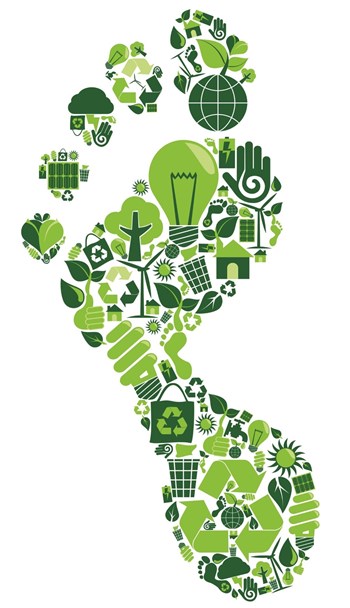
Going green doesn’t have anything to do with choosing a natural paint color for your kitchen, or planting herbs in your community garden. But the phrase can have many different meanings and can be done across a broad spectrum. Turning off lights in rooms you’re not occupying is a small green move; installing a gigantic wind turbine on your building’s rooftop is a bigger one. Different communities throughout New York place green practices and programming at different positions on their lists of priorities—and the steps they take depend on funding, community interest, feasibility and other factors.
A Greener State of Mind
Co-op and condominium boards are getting the message that green is not only good for the environment, it is also good for the balance sheet. “Particularly in New York City there is a lot of growing awareness about going green,” says Marc Zuluaga, P.E., vice president and director of Multifamily Energy Services for the New York-based energy consulting firm Steven Winter Associates. “Major benefits include reduced operating costs, mitigation of risks associated with energy commodity fluctuations, improved reliability of equipment, improved comfort and improved indoor air quality and resident quality of life.”
While associations and boards might want to go green, the city is not giving all of them a chance, explains Zuluaga. New York City’s Greener, Greater Buildings Plan (GGBP) targets energy efficiency in large existing buildings. The GGBP was designed, in part, to ensure that information about energy is provided to decision-makers and that the most cost-effective energy efficiency measures are pursued. Zuluaga made special mention of Local Law 84 which requires large buildings to annually benchmark their energy performance and Local Law 87 that requires buildings conduct an energy audit and retro-commissioning every 10 years.
“There is often a champion on a board interested in green-energy issues,” says Zuluaga. “Sustainability committees are also becoming more common. While these folks can result in initial interest, all the more mainstream decision-makers on a board still need to be brought along.”
Allan Samuels, president of Energy Squared, an engineering consultant based in North Brunswick, New Jersey, sees more green opportunities than challenges for New York City. “New York, and its neighbor New Jersey has fantastic green, sustainable opportunities that can save buildings lots of money,” he says. Working with multifamily residential facilities, developers as well as commercial and industrial property owners, the firm provides mechanical, electrical and plumbing designs, specifications, building performance modeling, energy simulations and renewable energy services. “Compared to the rest of the country, New York has some of the best incentives,” he says adding that his company is currently working with 20 to 30 multifamily buildings that are benefiting from tapping into sustainable initiatives.
What Does Going Green Really Mean?
For many associations, “going green” can mean a number of things—from switching to energy-efficient light bulbs in common areas to installing solar panels to optimize the sun’s strength. As such, different communities place green practices and programming at different positions on their priority list. For the most part, the steps they take depend on funding, community interest, feasibility and other factors such as regulations.
As Samuels points out, there are many opportunists that are “selling green,” but are not authorized to do so. “Since the economy experienced trouble, there have been many people who claim to be green professionals. Some of these people worked in retail or another job but now consider themselves to be green experts,” he says. “There are a lot of products that claim to save energy, associations and buyers have to be careful because there a lot of gimmicks out there. When some people say they are going green, they are simply referring to the color of money.”
For progressive, proactive boards, associations and managing agents looking into reliable “green” initiatives, any “sustainable” company should be properly accredited. Leading the pack is Leadership in Energy and Environmental Design (LEED), which consists of a suite of rating systems for the design, construction and operation of high performance green buildings, homes and neighborhoods.
It’s important to note that there are levels to LEED certification. For example, a LEED Green Associate denotes basic knowledge and skill in practicing green design, operations and construction. The LEED AP credential signifies in-depth knowledge in green building practices and specialization in a particular field such as commercial buildings and homes. In total, there are five specialties: Building Design & Construction, Interior Design & Construction, Operations & Maintenance, Homes or Neighborhood Development.
“As the sponsor/developer at Third + Bond, we encouraged the new owners to carry on the green mantle by providing a home ownership guide that detailed our LEED Platinum and Energy Star ratings and the green aspects of the building, as well as made suggestions for environmentally-sensitive home maintenance such as using low-VOC cleaners and replacing the air conditioning filter frequently,” says Alison Novak, a board member with GreenHomeNYC and vice president of The Hudson Company, Inc. Founded in 1986, the firm is a green-focused private real estate development company and is a leading developer of new housing in the New York metropolitan area.
“We also suggested the condominium residents form a green committee and introduced the members to some neighborhood greening initiatives,” says Novak. “Finally, we spent a lot of time talking with the property management company about the building systems, cleaning products and other aspects that help them maintain the buildings as a green building.”
Another Hudson Company client is Dumont Green in East New York, Brooklyn. Novak explains that the building was equipped with solar photovoltaics that produce enough energy to cover approximately 80 percent of the common area electricity usage. “I think you will find that there are a number of affordable housing projects in the Bronx where residents will tell you that their health is improved by living in new, green buildings with low-VOC finishes,” says Novak. “This is important because the rates of asthma are high in the Bronx.”
When new green buildings are built and occupied, there can be issues. “Any time you are using new building systems, you have to learn about the idiosyncrasies of that system. In the case of green buildings, there is constantly improving technology, so always something is new to learn,” says Novak. “One challenge we’ve experienced is in regard to fluorescent lights on occupancy sensors. For some reason at one of our buildings, the CFLs on occupancy sensors burn out quickly. At another of our buildings, this is not the case. The fixtures themselves are slightly different but we don’t know yet what difference is causing this issue.”
With the mission of promoting and implementing the use of sustainable and efficient energy technologies in urban communities through education, training, workforce development, research and project facilitation, the Center for Sustainable Energy (CSE), located at the City University of New York’s Bronx Community College (BCC), is making sustainable strides. Yolanda Rodriguez, a director at CSE, explains that there has been an increased interest from building superintendents and mechanics who are taking continuing education classes on sustainability.
“We have seen an enrollment spike, particularity in the area of solar energy,” says Rodriguez. Since 2003, nearly 2,000 building professionals have received a certificate in one practice of sustainability. One success story noted was that of Tanio Tower. Built in 2004, it is an energy-efficient, mixed-use commercial and residential building remediated from a former industrial brownfield site. The building features 105 units of low-and moderate-income housing, interior and exterior community space and 18,400 square feet of commercial space at the ground floor. Designed by Curtis + Ginsberg Architects, the building obtained New York State Energy Research & Development Authority (NYSERDA) funding for many of its energy-efficient upgrades. Rodriguez notes that this was the first multifamily residential property in the Bronx to implement solar energy technology.
As it currently stands, the Bronx leads all boroughs with the largest amount of buildings using solar power. Rodriguez says that nearly two third of rooftops in New York City are suitable for solar panels, but due to the pitch of certain roofs, many buildings will not qualify. “There is a website, an application, where you simply enter your address and you can see if your building will meet the requirements.” She refers to www.nycsolarmap.com, a product of the partnership of the City University of New York, which worked with the city and the federal Department of Energy (DOE).
Retrofitting Meets Green Needs
Older buildings are not out of the running, explains Samuels. He says his firm in continually providing energy audits that result in significant savings. Recently, Energy Squared was hired to perform 79 energy audits on residential buildings across New Jersey for a national real estate investment, development and management company. The buildings ranged from garden style to mid- and high-rise residential complexes. An energy audit, he explains, is a five step process. First, an initial “walkthrough” of each property is performed to gauge potential energy saving upgrades and evaluate those opportunities to determine which will have the greatest return on investment. The second step is a full blown energy audit, which is a detailed analysis that evaluates all mechanical, electrical and plumbing systems including boilers, chillers, HVAC, lighting, controls and major water consuming devices.
“After the energy audits are complete, Energy Squared will provide design specifications and contract administration for the energy saving measures chosen to be implemented,” says Samuels. “The last step is to perform final inspections and assist in the acquisition of local, state and federal rebates/incentives.” As they say the proof is in the pudding, which was the case for two high-rise residential buildings in Elizabeth, New Jersey that each realized a 50 percent reduction in energy usage after the audit was completed in 2011. This amounted to a savings of approximately $250,000.
For boards and associations seeking information on how to receive audits or ways in which they can “go green,” a number of organizations are available to assist including NYSERDA (www.nyserda. ny.gov), NYC Green House (www.nyc greenhouse.org) and GreenHomeNYC, (www.greenhomenyc.org) all of which offer free resources. “Each year there appears to be greater interest in going “green” in the real estate industry. For developers who intend to maintain ownership of a building, building green can mean significantly reduced operating costs which helps manage the profit margin,” says Novak. “We have also found that people are using green as a proxy for quality. Although they might not know much about being green they believe that a developer who goes green is going the extra mile to build a quality product.”
W.B. King is a freelance writer and a frequent contributor to The Cooperator.



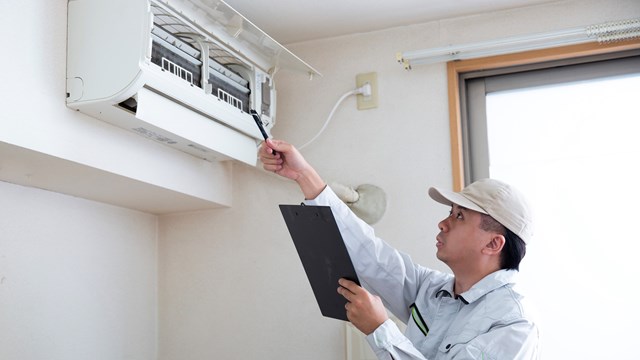
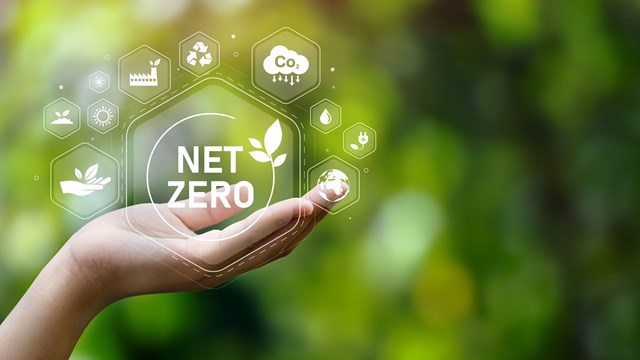
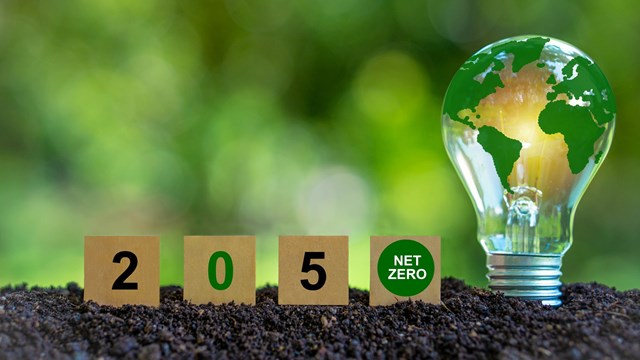
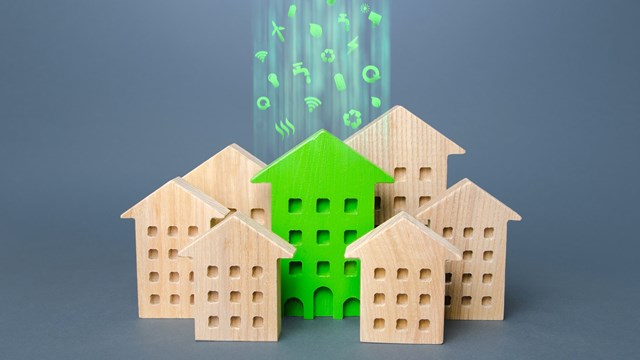


Comments
Leave a Comment